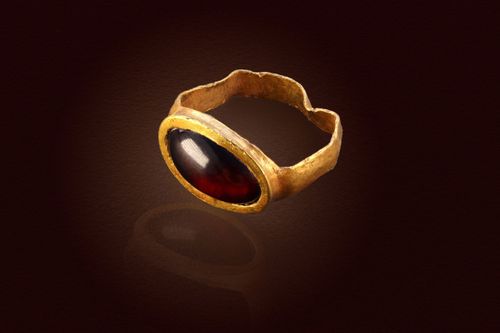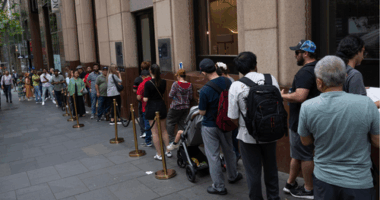Share this @internewscast.com
The two rings, small enough to fit a child, were artifacts unearthed at the City of David site in the Jerusalem Walls National Park.
The team analysing the pieces believes the rings may be connected to coming-of-age ritual by young women before marriage, suggesting the items were buried intentionally.

The items show that the city’s inhabitants were open to adopting Hellenistic cultural trends, lifestyle and architecture — which differs from traditional interpretations from ancient texts about Jerusalem.
Experts previously believed the city was culturally isolated, rejecting outside influences, based on mentions in ancient texts, Gadot said.
But the jewellery, and the customs associated with its burial, changes that assumption, Gadot added.
Researchers now have a new way of understanding how the region was changing at the time.
With few structures and artifacts from the era, it was easy to assume that Jerusalem was a small town.
But the discoveries so far have uncovered an entire neighbourhood including domestic and administrative buildings that extended westward from the City of David hilltop, where a Jewish temple once sat, Gadot said.
In addition to analysing the jewellery, the team will also study animal bones, coins and pottery recovered from the site to learn more about interregional connections, the origin of imported goods and even the culinary habits in Jerusalem at the time.
The bones could reveal whether inhabitants practiced Kashrut regulations, or kosher Jewish dietary laws, which govern what animals could be consumed, and how they should be prepared and handled.
“We are only now beginning to explore the story of 4th-2nd century BCE Jerusalem,” Gadot said in an email.
“With the Temple at one end and the Hellenic cultural presence at the other end, we want to understand the position of the people living in Jerusalem.”












